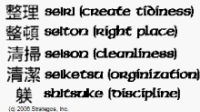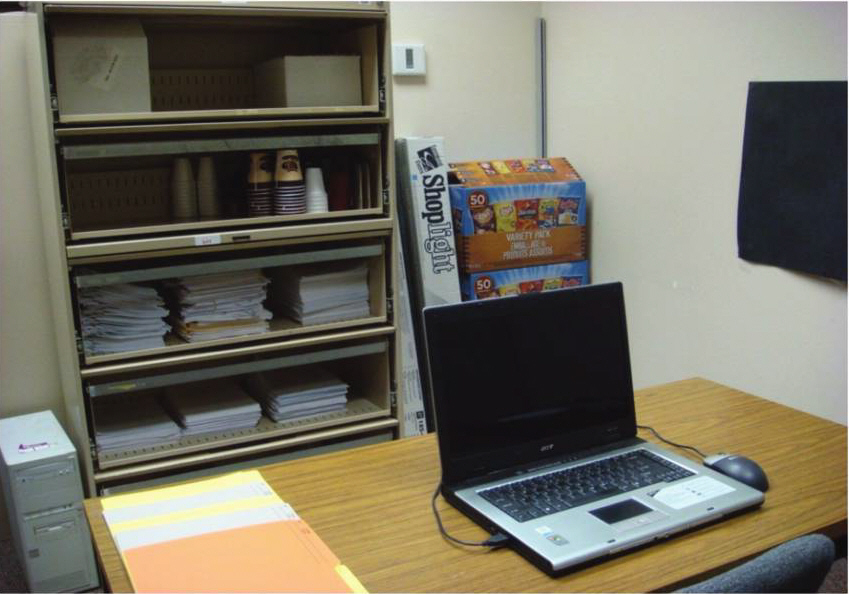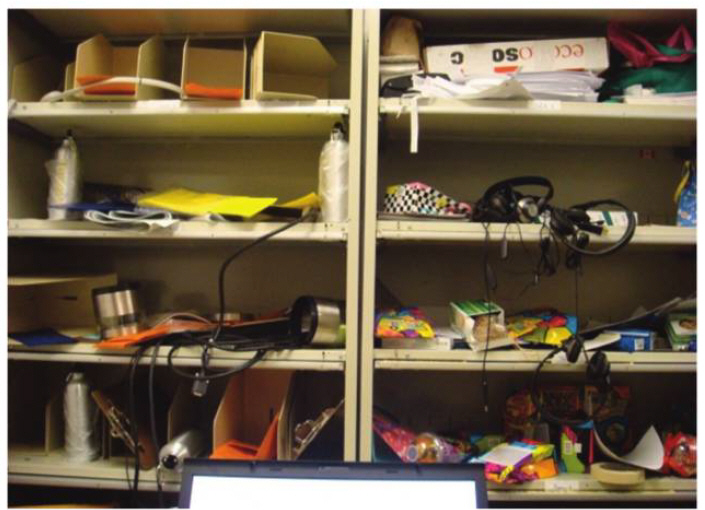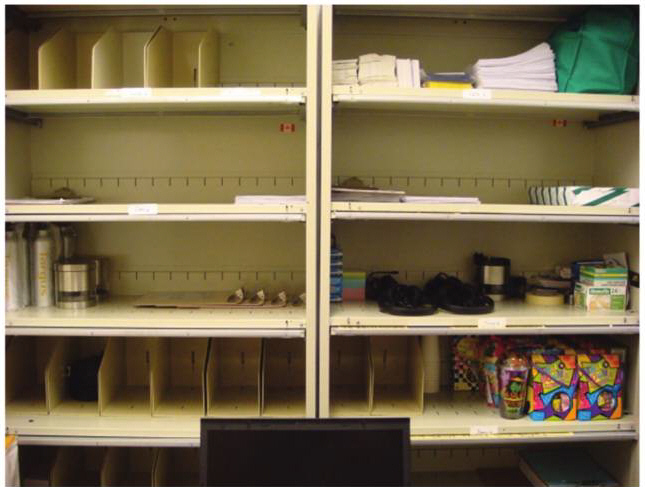A Tidy Workplace Improves Attention Span 167%
Research on the Psychology behind 5S
A recent study shows that the mere appearance of neatness and organization improves work performance. Specifically the study demonstrated a 167% improvement in persistence and attenion span, 10% improvement in productivity and improved ability to control impulse behavior.
These are all aspects of what psychologists call "Self-Regulatory Behaviors." The self-regulatory behavior that such tidiness enhances affects many other aspects of normal work. These would include quality, schedule performance, absenteeism and teamwork.
The photos and discriptions at right provide more detail. None of the environmental objects in any of the trials had relevance to the assigned tasks. Their sole purpose was to lend an atmosphere neatness or messiness.
One of the more interesting aspects of this paper is the study of "Impulse Control." Essentially, impulse control means doing what you know is best in the long run even if it is immediately inconvenient or unpleasant. For example, updating a Statistical Process Control chart immediately rather than waiting until the day's end.

Implications for 5S
Although this research was not specifically concerned with 5S, it is highly relevant. Five-S places emphasis on cleanliness, tidiness and organization. (See Introduction to 5S)
Done properly, 5S goes far beyond this mere appearance to reduce reaching, walking, searching and waste of time and motion. Therefore, the results of effective 5S should be far greater than the results shown by Chae's study.
More About The Studies
The original article by Boyoun & Rui was concerned with what psychologists call "Self-Regulation." The authors do not even mention "5S" but the application is clear. The research tests two hypotheses, both of them are supported by the experiments:
- A disorganized environment threatens the sense of personal control.
- Experiencing personal control threats depletes resources and causes self-regulatory failure.
167% Improvement in Persistence/Attention-Span

People at this workstation persevered at a difficult task for an average of 668.52 seconds before stopping. None of the articles around the desk were actually used for the task.

At this workstation, people persevered at the same task for 1116.88 seconds before quitting. This is a 167% improvement.
10% Better Productivity

Subjects in this study were presented with words and colors and asked to identify whether the word, i.e. "RED", was consistent with the actual font color. The subjects averaged a response time of 1.57 seconds at this organized desk.

Subjects in this more chaotic environment required longer to perform the Stroop Test, 1.72 seconds or about 10% slower.
Improved Impulse Behavior

Subjects in this study were asked how much they were willing to pay for a variety of common items. This "Willingness To Pay" (WTP) is an accepted measure of susceptibility to a range of impulsive behaviors.

Subjects at this more organized workstation were willing to pay significantly less than those at the disorganized workstation. This shows that the organized environment improves impulse control.
Reference
Chae, Boyoun and Shu, Rui, "Environmental Disorder Leads to Self-Regulatory Failure", Journal of Consumer Research, vol. 40, April 2014.
■ ■ ■ ■ ■ ■ ■


